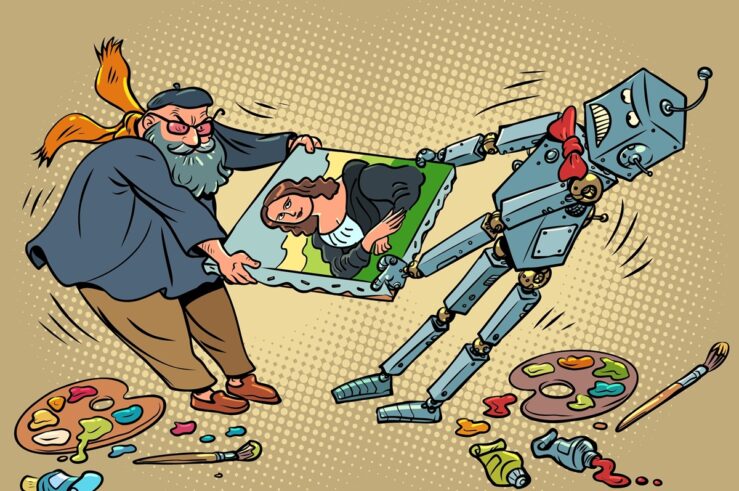Today’s Heard on the Street column in the W$J reports that utilities are moving away from low-sulfur coal in favor of the dirtier, high-sulfur variety. This might seem odd, given that the Clean Air Act operates on sort of a “ratchet” principle — i.e., when air quality improves, degradation is generally forbidden. One might expect that, absent some change in relative prices, the trend would always be toward cleaner-burning fuels.
Ah, but that hypothesis disregards the fact that the Clean Air Act is a command-and-control statute drafted by legislators with lots of special interests to satisfy. One of those special interests was the eastern (dirty) coal lobby, which went to great lengths to ensure that the Act was drafted in a manner that would not encourage switching to cleaner burning, low-sulfur coal mined out west.
Bruce Ackerman and William Hassler documented eastern coal’s rent-seeking in their book Clean Coal, Dirty Air (wonderfully subtitled, How the Clean Air Act Became a Multibillion-Dollar Bail-Out for High-Sulfur Coal Producers and What Should Be Done About It). Jonathan Adler summarizes the story as follows:
Under the 1970 Clean Air Act, the EPA established a policy whereby all coal plants were required to meet an emission standard for sulfur dioxide. The original standard of 1.2 pounds of sulfur dioxide (SO2) per million BTUs (British Thermal Units) of coal could be met in a variety of ways.
Despite its apparent flexibility, the regulation had disparate regional effects. Most of the coal in the eastern United States is relatively “dirty” due to its high sulfur content. Western coal, on the other hand, is cleaner. By using western coal, utilities and other coal-burning facilities complied with the federal standard without installing costly scrubbers. Scrubbers were so expensive that many midwestern firms found that it was cheaper to haul low-sulfur coal from the West than to use closer, “dirtier” deposits.
When the Clean Air Act was revised in 1977, eastern coal producers got even. As Bruce Ackerman and William Hassler note in Clean Coal, Dirty Air, eastern producers of high-sulfur coal elected “to abandon their campaign to weaken pollution standards and take up the cudgels for the costliest possible clean-air solution—universal scrubbing.”
The amendments required coal plants to meet both an emission standard and a technology standard. In particular, the law contained “new-source performance standards” (NSPS) that forced facilities to attain a “percentage reduction in emissions.” In other words, no matter how clean the coal was, any new facility would still be required to install scrubbers. This destroyed low-sulfur coal’s comparative advantage. Since all new facilities had to invest in scrubbers, there was no longer a need to transport low-sulfur coal from the West to meet the SO2 emission standard—the cheaper, high-sulfur coal from the East would suffice.
Looks like the rent-seekers got what they were looking for. As Duke Energy Corp.’s vice-president of commercial fuels explained to the Journal, “We’re spending almost $4 billion as a company on various environmental plans, mostly for scrubbers, in the last few years, so we might as well go for” high-sulfur coal. This may be good for the high-sulfur coal industry, but it means we consumers are paying more for electricity than we would have paid had Congress permitted utilities to decide for themselves how to achieve air quality goals.




